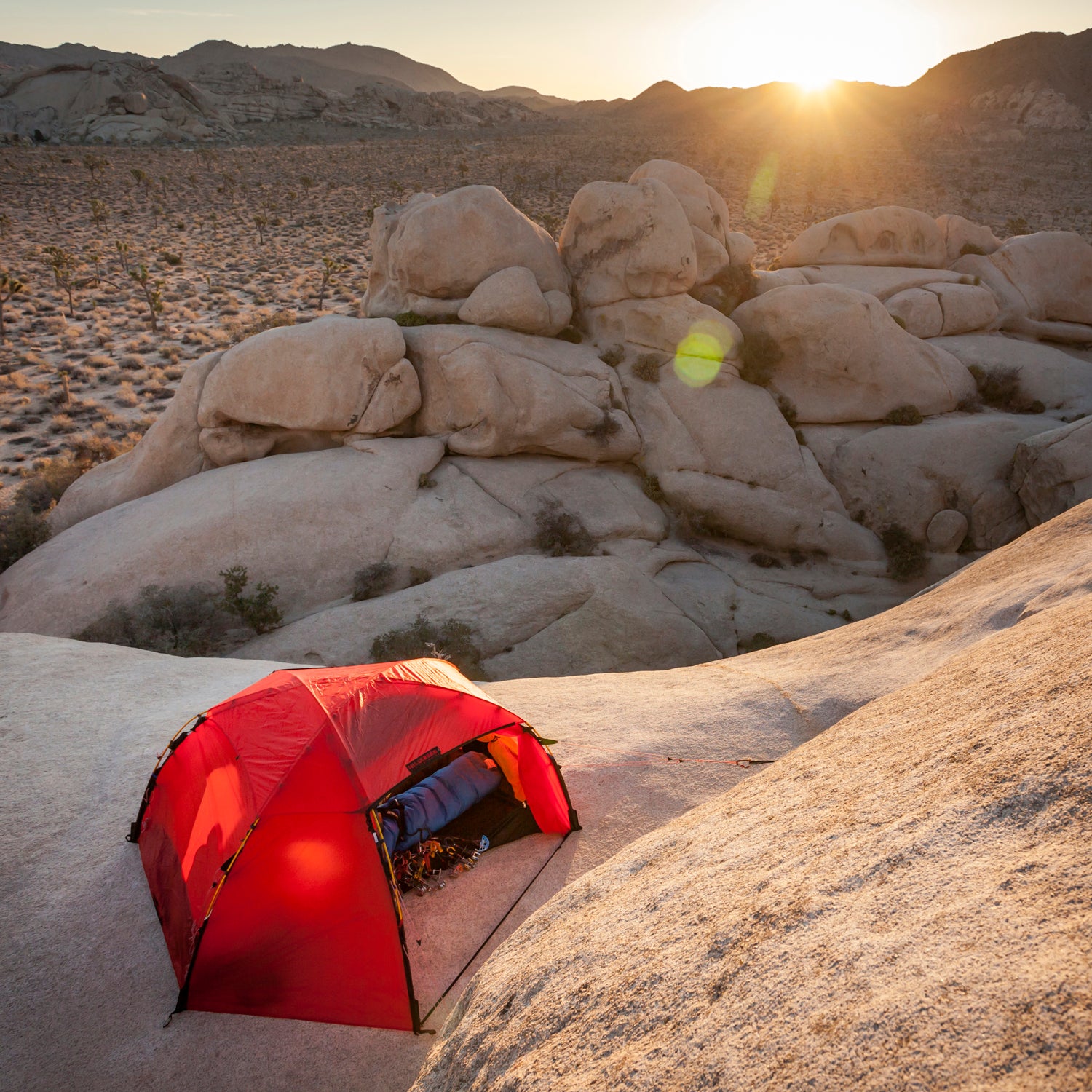Tents are designed to stand up to the elements, but they need proper care if you want them to last more than a season or two. To find out how to protect your multi-hundred-dollar investment, I asked three tent repair experts for their top repair┬átips. HereÔÇÖs what they said.
#1: Pick Your Camping Spot Wisely
It all starts with a proper pitch.┬áÔÇťIt helps to set up your tent in a protected area instead of an exposed ridge,ÔÇŁ says Charlie Lane, a repair tech at MSR┬áwho fixes up to 200 tents per month. He doesnÔÇÖt want you to miss out on a great view, but Lane warns that your tent might get unnecessarily battered by the wind on a┬áridge.
#2: Build and Stake Your Tent Properly
Tent manufacturers design their tents to withstand a windstorm and downpour, but pieces will break┬áif theyÔÇÖre improperly used. Lane sees a lot of snapped tent poles and ripped rain flies because users didnÔÇÖt follow instructions. He suggests spending the extra time to double check that everything is taut and correctly inserted.
#3: Keep Your Tent Clean
Oil┬áand dirt will eventually ruin your tentÔÇÖs waterproof fly, so when it gets noticeably dirty┬áyou need to clean it the same way you would clean your Gore-Tex jacket. MSR makes ,┬ábut mild soaps also work. Hand┬áwash only, and make sure the fly is fully dry before you pack it away.┬á
#4: Dry Your Tent
The seam┬átape will peel or the┬ápolyurethane coating will break down if you store your tent when itÔÇÖs wet, says Lindsey Stone, operations manager at┬á, a Seattle-based authorized┬áGore-Tex repair shop. ItÔÇÖs also likely to get moldy.┬áStone suggests setting up your tent at home every time you return from a trip┬áto let it fully dry out.┬á
#5:┬áDonÔÇÖt Store Your Tent in a Stuff Sack
Hauling your tent in a stuff sack to a campsite is fine, but when itÔÇÖs sitting in your garage,┬áLane suggests storing┬áit in a looser sack to give┬áthe materials room to breathe. The extra space also keeps the fly and seam tape from getting crimped.
#6: Be Kind to Your Zippers
Stone sees more zipper repairs than anything else at her shop. ThatÔÇÖs because users yank them┬átoo hard. To give your zipper a little extra life, Stone suggests being patient if they get caught on a piece of the tent┬áand cleaning them with a wet cloth or something like┬á, which includes a brush and lubricant. Cleaning your zippers will ensure dust and sand donÔÇÖt eat away at the metal.┬á
#7: Wax Your Zippers
Waxing the zipper track keeps it sliding efficiently. It also prevents dust and sand from getting in. Lane says products like Zipcare are great, but candle wax also works.
#8: UV-Treat Your Tent
Stone says she often sees tents that are so battered by the sun that their rain flies and outer walls are as brittle as paper. To prevent this decomposition, she suggests using a product like , which acts as a sunscreen for the outer fabric. 
#9: Rinse Your Poles
ÔÇťWe see a fair number of poles come in that are corroded by saltwater or salt air,ÔÇŁ says Iris Diligencia, a repair tech supervisor at MSR. She says the salt oxidizes your poles and eventually causes them to break. Diligencia suggests rinsing off your poles even if you werenÔÇÖt right on the beach.
#10: DonÔÇÖt Rely on Duct Tape for Long-Term Repairs
Yes, duct tape is great for a quick fix when you tear your tent on the trail, but the tape will break down and peel off over time. For a longer-term fix, Stone suggests using , which is more durable and has a stronger glue.


